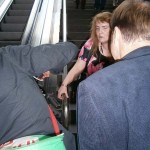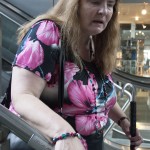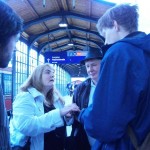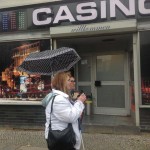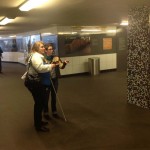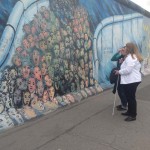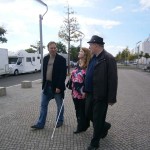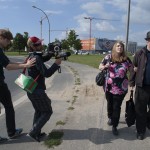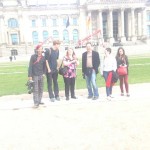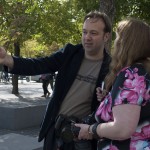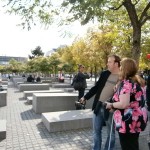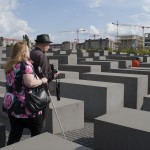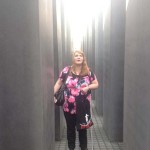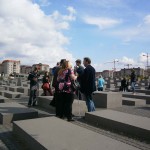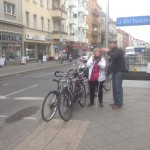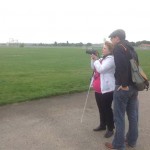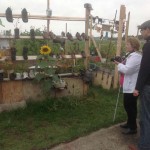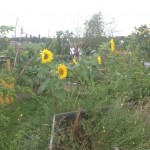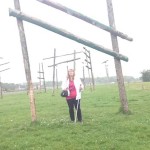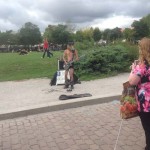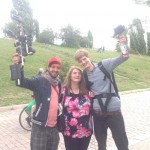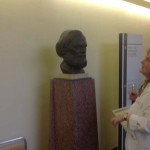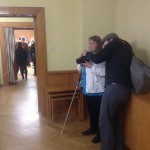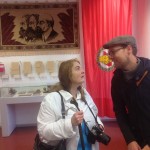Berlin | 9-20 September 2013
Rosita McKenzie’s practice is based on her interaction with her physical surrounds. In anticipation of her first international residency here, she said, “I am particularly interested in producing photographs in response to this very different environment – its sounds, textures, smells and its atmosphere.” Berlin is a major tourist destination, with many of the main attractions referencing events that occurred during the Second World War such as heritage monuments and plaques commemorating people or places scattered throughout the city. “I am therefore interested in how a blind person might interpret or have experiences with Germany’s heritage when so many of these historical flagstones are visual. Are there other ways one without sight can connect with Germany’s past?”
“I’m also interested in exploring the relationship between negative attitudes towards disabled people during Nazi times and attitudes about disability in Germany today. Having discussed these subjects with Jan Bölsche earlier this year, I have become hugely aware of just how much the negative aspects of WWII dominate British thinking and conversation, and how it continues to be such a difficult subject to approach. Hence, I feel that British society must endeavour to move past negative associations with Germany. The residency would give me a chance to forge new friendships that would facilitate the exchange of positive things about our human experience and societies and explore common bonds within our two cultures.”
Rosita and I researched, selected and visited a number of locations throughout Berlin based on her criteria of sites or buildings that had undergone a process of renewal or transformation of identity from negative to positive. Through capturing her immediate experiences of each location (the sounds, the smells, her physical sensation, the atmosphere), Rosita sought to examine whether her access to its history as a blind person was impeded or not. Rosita visited The East Side Gallery, the Places of Memorial public art work in Charlottenburg, Mauer Park, Potsdamer Platz, Tempelhof Feld and the Stasi Museum. After each photo shoot, Rosita works with her assistants to interpret the images she has captured and find out how they differ or meet her expectations.
Below is a short 11 minute podcast of Rosita and I interpreting and discussing some of her work.
Audio clip: Adobe Flash Player (version 9 or above) is required to play this audio clip. Download the latest version here. You also need to have JavaScript enabled in your browser.

